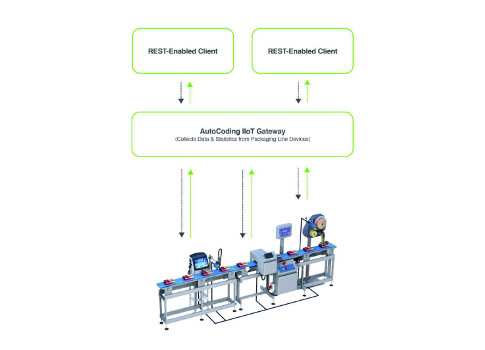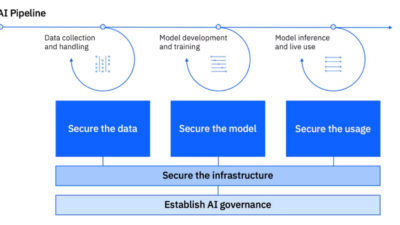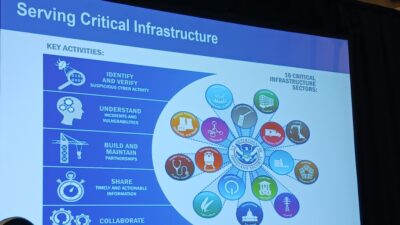A popular mechanism for the Industrial Internet of Things (IIoT) is representational state transfer (REST) communication. If a system or device exposes this kind of interface, it becomes Web-compatible.

The Internet of Things (IoT) movement is rooted in the large-scale availability of technology and taking advantage of the massive advances that have taken place over the last few years to meet the demands of the Internet.
The technologies underpinning this "connectedness" have become universally established, well understood, and more refined than ever before. For those working in technology and engineering, some things that were really difficult for the previous generation have become a whole lot easier.
- The robustness and bandwidth provided by modern networks mean that getting large amounts of data from one place to another is much more straightforward and much faster.
- Spinning up a server and deploying your application to it is now a trivial job, thanks to cloud providers.
- Being able to store and query massive datasets no longer carries the constraints it once did; the skills are easier to learn, there are more database choices, and the databases scale more easily.
- Being able to analyze and present information is now easier, with simpler and more powerful analysis and presentation tools.
- Encryption and security techniques have made security concerns easier to deal with.
- The cost and performance of computing technology has changed massively.
- An emerging, global community of software engineers means that programming skills aligned to these newer technologies are easier to learn.
With all of the above, it is also much cheaper.
The IoT movement recognizes the new world of simplicity and predicts that more and more things will be connected to networks in order to expose or consume useful data for new and exciting applications and services.
The relevance for industrial automation is a question of whether this technology can make it easier to build systems. It can. What the Industrial Internet of Things (IIoT) can provide is flexibility at an architectural level and the ability to use widely available resources to integrate systems and devices together, quickly.
For automation purposes, the most obvious benefit of using IIoT technology is that it provides a set of consistent mechanisms and norms for cross-application and cross-device communication. The popular mechanism for Web developers is the RESTful API. REST refers to representational state transfer, where systems communicate via HTTP commands, exchanging data in XML (extensive markup language), or JSON (JavaScript object notation) format.
The universal popularity of this technology is the origin of your competitive advantage:
- REST communication principles are well understood and documented.
- Software developers from any industry or discipline, particularly the younger generation, will be able to work with it.
- The IoT approach is intrinsically cross-platform.
If a system or device exposes this kind of interface, it becomes Web-compatible. Being Web-compatible strengthens your ability to take advantage of further evolution and development in these areas; when new services or devices emerge, the barrier to integration will be lower.
Having Web-compatible systems or devices opens other doors; your system can participate in a wider integration strategy:
- Exposing barcode scans through a Web service so that the warehouse management system can adjust stock levels.
- A Web-compatible system could download unique codes from a cloud based Web service for printing on promotional packaging.
- A Web-compatible system could migrate its data continuously to an on-premise or cloud database service for analysis and reporting purposes.
Easy access to and transfer of data related to manufacturing is an intrinsic part of the IIoT. A system architect, an automation engineer, or a factory manager, needs to know what IIoT technology is all about and be poised to take advantage of emerging technologies in this space.
Janet Harrison is sales and marketing consultant at AutoCoding Systems Ltd.
AutoCoding Systems Ltd. is a CSIA member as of 5/16/2016

